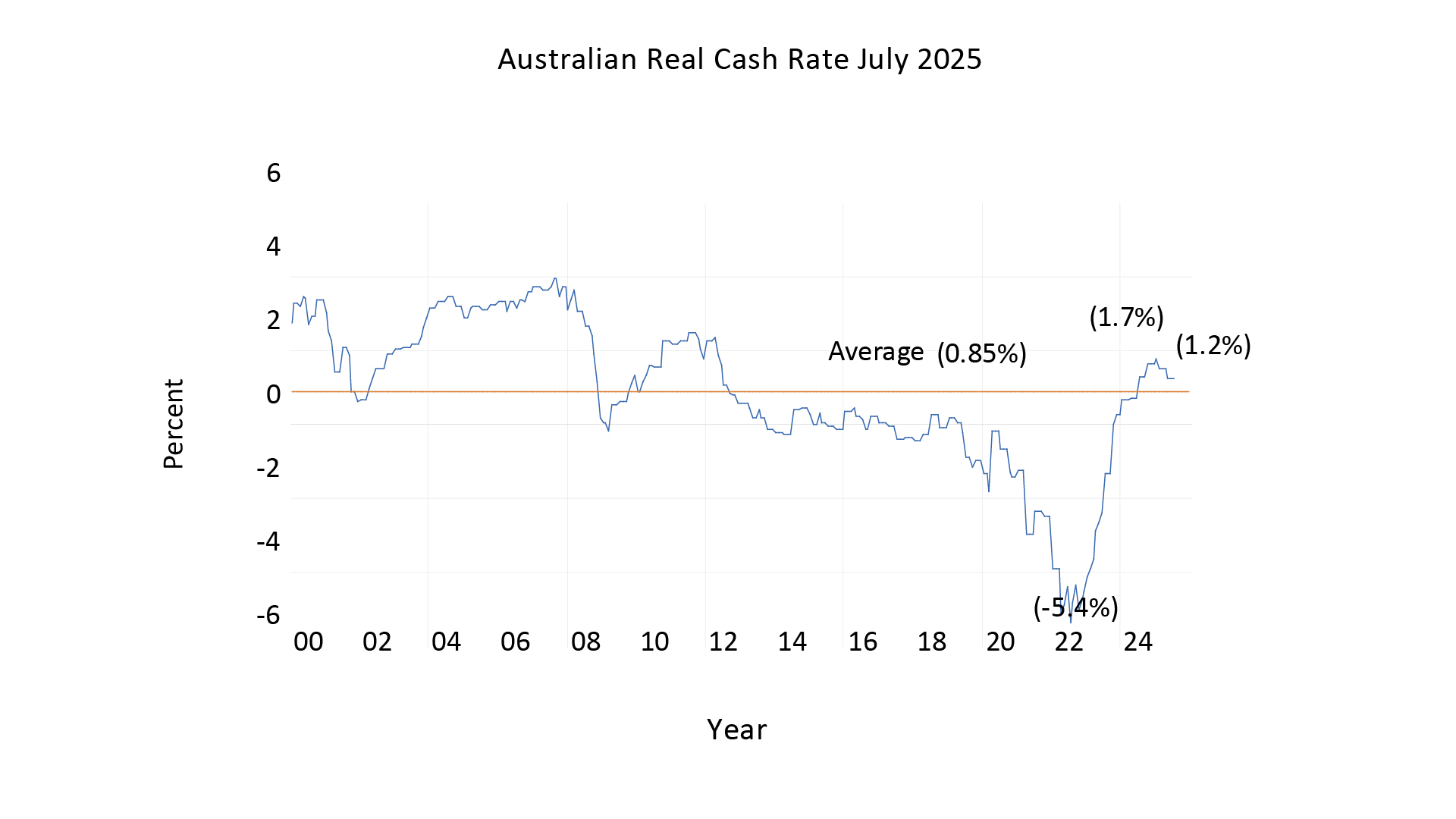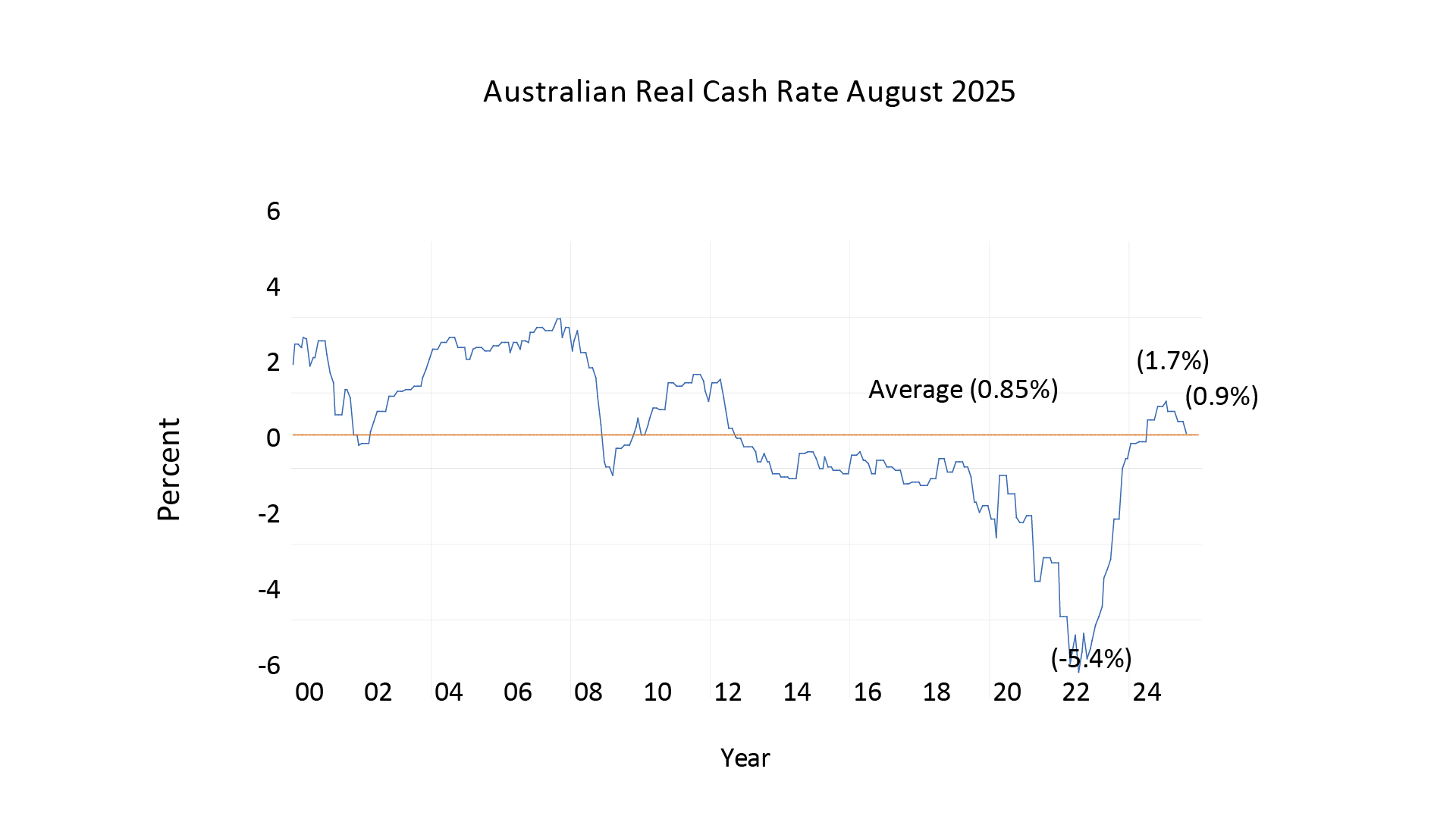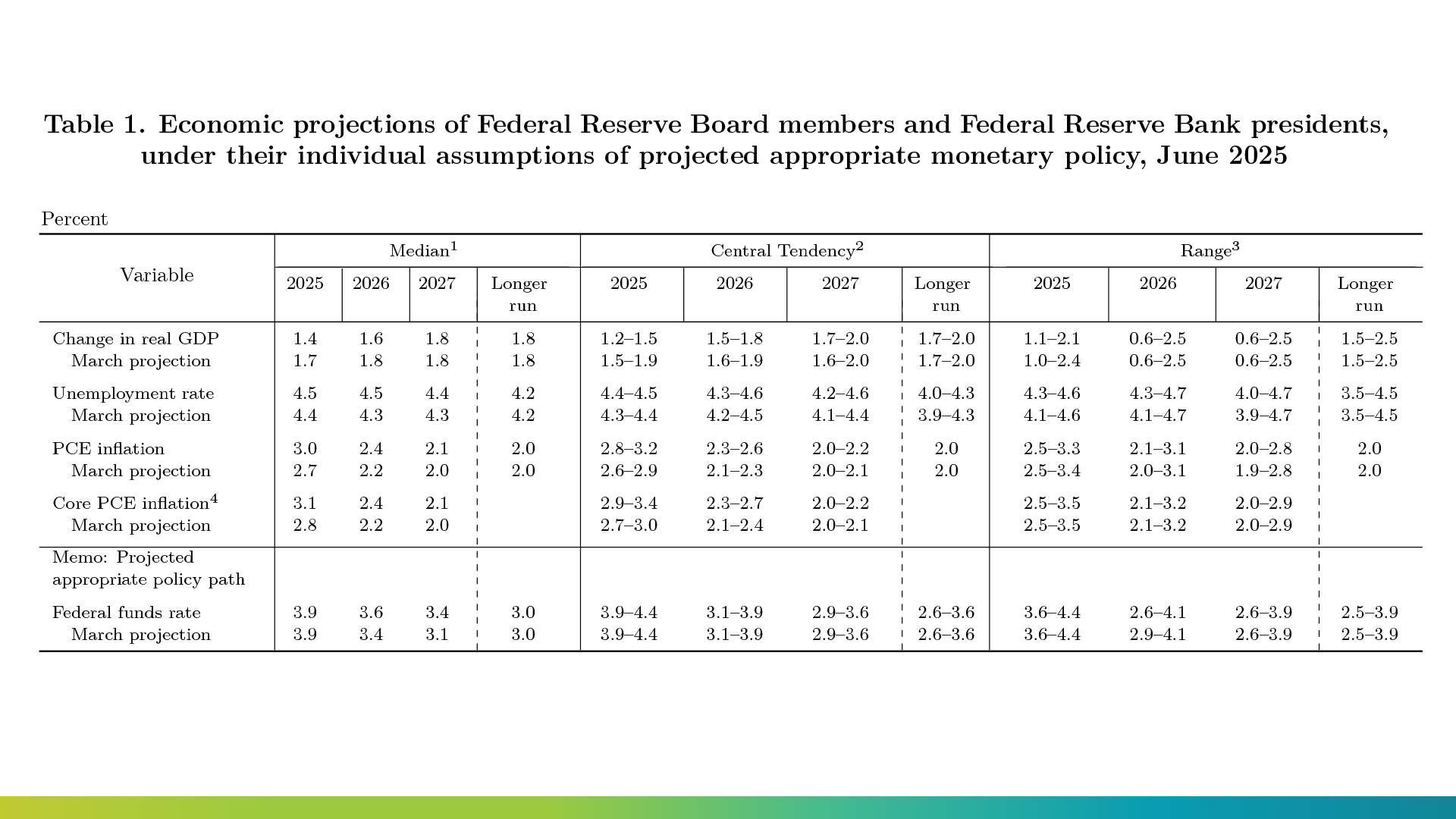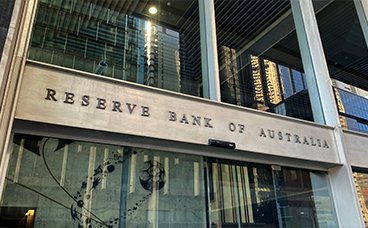Investment Watch: Summer 2026 Outlook
Investment Watch is a quarterly publication delivering insights into equity strategy and economic trends. The Summer 2026 edition explores global and Australian growth outlooks, structural shifts in asset allocation, and highlights opportunities across AI, resources, property, and income strategies to help investors navigate volatility and prosper in the year ahead.
Investment Watch is a quarterly publication produced by Morgans that delves into key insights for equity and economic strategy.
This publication covers
Economics - 'The Australian economy: a landscape of challenge and opportunity'
Asset Allocation - 'Structural shifts demand a portfolio rethink'
Equity Strategy - 'Diversification is key'
Banks - 'Fundamentals don't justify share price strength'
Industrials - 'Prepared for the uptick'
Travel - 'Selective opportunities'
Resources and Energy - 'Steady China and tight supply'
Consumer discretionary - 'Recovery underway'
Healthcare - 'Attractive, but with limited opportunities'
Infrastructure - 'Rising cost of capital but resilient operations'
Property - 'Structural tailwinds building'
It’s hard to believe that 2025 is already drawing to a close. As we enter the holiday season, we want to take a moment to express our deepest gratitude for your continued support and trust. This trust is the very foundation of everything we do. This time of year is a chance to reflect on the significant progress we’ve made. The entire team at Morgans is incredibly proud of the efforts and achievements from the past twelve months that reinforce our commitment to providing you with top-tier advice and opportunities. These achievements mean that Morgans continues to provide top-line advice and investment opportunities that benefit clients across our national branch network.
Morgans clients receive exclusive insights such as access to our latest Investment Watch publication. Contact us today to begin your journey with Morgans.
Today, we’re diving into how the Reserve Bank of Australia (RBA) sets interest rates as it nears its target of 2.5% inflation, and what happens when that target is reached. Back in 1898, Swedish economist Knut Wicksell published *Money, Interest and Commodity Prices*, introducing the concept of the natural rate of interest. This is the real interest rate that maintains price stability. Unlike Wicksell’s time, modern central banks, including the RBA, focus on stabilising the rate of inflation rather than the price level itself.
In Australia, the RBA aims to keep inflation at 2.5%. To achieve this, it sets a real interest rate, known as the neutral rate, which can only be determined in practice by observing what rate stabilises inflation at 2.5%. Looking at data from January 2000, we see significant fluctuations in Australia’s real cash rate, but over the long term, the average real rate has been 0.85%. This suggests that the RBA can maintain its 2.5% inflation target with an average real cash rate of 0.85%. This is a valuable insight as the RBA approaches this target.

As inflation nears 2.5%, we can estimate that the cash rate will settle at 2.5% (the inflation target) plus the long-term real rate of 0.85%, resulting in a cash rate of 3.35%. At the RBA meeting on Tuesday, 12 August, when the trimmed mean inflation rate for June had already dropped to 2.7%, the RBA reduced the real cash rate to 0.9%, resulting in a cash rate of 3.6%.
We anticipate that when the trimmed mean inflation for September falls to 2.5%, as expected, the cash rate will adjust to 2.5% plus the long-term real rate of 0.85%, bringing it to 3.35%. The September quarter trimmed mean will be published at the end of October, just before the RBA’s November meeting. We expect the RBA to hold the cash rate steady at its September meeting, but when it meets in November, with the trimmed mean likely at 2.5%, the cash rate is projected to fall to 3.35%.

In recent weeks, several media commentators have criticised Donald Trump’s “One Big Beautiful Bill” based on a statement by the Congressional Budget Office (CBO) that, under existing legislation, the bill adds US$3.4 trillion to the US budget deficit. What they often fail to mention is that this figure assumes all the tax cuts introduced in 2017 by Trump’s first administration expire at the end of this year.
Let’s examine what might have happened in January 2026 if the corporate tax cuts from Trump’s first term were not renewed and extended in the One Big Beautiful Bill.
Background: Corporate Tax Cuts
Before Trump’s first term, in 2016, the US corporate tax rate was 35%. In 2017, the Tax Cuts and Jobs Act reduced this rate to 21%. Because the bill was passed as a “Reconciliation Bill”, it required only a simple majority in the Senate. However, this 21% rate was scheduled to expire in January 2026.
The One Big Beautiful Bill, signed into law on 4 July 2025, made these expiring tax cuts permanent. It also locked in a range of individual tax cuts from the original 2017 legislation.
The Counterfactual: What If the Bill Had Not Passed?
Economists often use a “counterfactual” scenario to understand what could have happened. Let’s restrict ourselves to one case: what if the US corporate tax rate had reverted to 35% in 2026?
- This would represent a 14% increase in the corporate tax rate.
- Such an increase would cause a 14% drop in US corporate after-tax earnings starting January 2026.
Impact on the S&P 500
The Price/Earnings (P/E) ratio of the S&P 500 in July 2025 was 26.1, while the 10-year average P/E ratio is about 19.
If earnings per share fell by 14%, then:
- Short-term impact:
14% × P/E ratio of 26.1 = ~37% decline in the S&P 500. - As the market adjusted back to the long-term P/E ratio of 19, the decline might reduce to 27%.
Put simply:
Had the One Big Beautiful Bill not passed, the US stock market could have plunged by 37%, before stabilising at a 27% decline. The devastating effect on the US—and global—economy could plausibly have triggered a major recession.
Economic Warnings
On 9 June, Kevin Hassett, Director of the National Economic Council, stated in a CBS interview with Margaret Brennan that if the bill did not pass:
- US GDP would fall by 4%
- 6–7 million Americans would lose their jobs
The passage of the One Big Beautiful Bill on 4 July 2025 therefore avoided One Big Ugly Disaster.
On 7 July the AFR published a list of 37 Economists who had answered a poll on when the RBA would next cut rates. 32 of them thought that the RBA would cut on 8 July. Only 5 of them did not believe the RBA would cut on 8 July. I was one of them. The RBA did not cut.
So today I will talk about how I came to that decision. First, lets look at our model of official interest rates. Back in January 2015 I went to a presentation in San Franciso by Stan Fishcer . Stan was a celebrated economist who at that time was Ben Bernanke's deputy at the Federal Reserve. Stan gave a talk about how the Fed thought about interest rates.
Stan presented a model of R*. This is the real short rate of the Fed Funds Rate at which monetary policy is at equilibrium. Unemployment was shown as a most important variable. So was inflationary expectations.
This then logically lead to a model where the nominal level of the Fed funds rate was driven by Inflation, Inflationary expectations and unemployment. Unemployment was important because of its effect on future inflation. The lower the level of unemployment the higher the level of future inflation and the higher the level of the Fed funds rate. I tried the model and it worked. It worked not just for the Fed funds rate. It also worked in Australia for Australian cash rate.
Recently though I have found that while the model has continued to work to work for the Fed funds rate It has been not quite as good in modelling that Australian Cash Rate. I found the answer to this in a model of Australian inflation published by the RBA. The model showed Australian Inflation was not just caused by low unemployment, It was also caused by high import price rises. Import price inflation was more important in Australia because imports were a higher level of Australian GDP than was the case in the US.
This was important in Australia than in the US because Australian import price inflation was close to zero for the 2 years up to the end of 2024. Import prices rose sharply in the first quarter of 2025. What would happen in the second quarter of 2025 and how would it effect inflation I could not tell. The only thing I could do is wait for the Q2 inflation numbers to come out for Australia.
I thought that for this reason and other reasons the RBA would also wait for the Q2 inflation numbers to come out. There were other reasons as well. The Quarterly CPI was a more reliable measure of the CPI and was a better measure of services inflation than the monthly CPI. The result was that RBA did not move and voiced a preference for quarterly measure of inflation over monthly version.
Lets look again at R* or the real level of the Cash rate for Australia .When we look at the average real Cash rate since January 2000 we find an average number of 0.85%. At an inflation target of 2.5 % this suggests this suggest an equilibrium Cash rate of 3.35%

What will happen next? We think that the after the RBA meeting of 11 and 12 August the RBA will cut the Cash rate to 3.6%
We think that after the RBA meeting of 8 and 9 December the RBA will cut the Cash rate to 3.35%
Unless Quarterly inflation falls below 2.5% , the Cash rate will remain at 3.35% .
Investment Watch is a quarterly publication produced by Morgans that delves into key insights for equity and economic strategy.
This publication covers
Economics - 'The challenge of Australian productivity' and 'Iran, from the Suez blockade to the 12 day war'
Asset Allocation - 'Prioritise portfolio resilience amidst the prevailing uncertainty'
Equity Strategy - 'Rethinking sector preferences and portfolio balance'
Fixed Interest - 'Market volatility analysis: Low beta investment opportunities'
Banks - 'Outperformance driving the broader market index'
Industrials - 'New opportunities will arise'
Resources and Energy - 'Getting paid to wait in the majors'
Technology - 'Buy the dips'
Consumer discretionary - 'Support remains in place'
Telco - 'A cautious eye on competitive intensity'
Travel - 'Demand trends still solid'
Property - 'An improving Cycle'
Recent months have been marked by sharp swings in market sentiment, driven by shifting global trade dynamics, geopolitical tensions, and policy uncertainty. The rapid pace of US policy announcements, coupled with reversals, has made it difficult for investors to form strong convictions or accurately assess the impact on growth and earnings. While trade tariffs are still a concern, recent progress in US bilateral negotiations and signs of greater policy stability have reduced immediate headline risks.
We expect that more stable policies, potential tax cuts, and continued innovation - particularly in AI - will support a gradual pickup in investment activity. In this environment, we recommend prioritising portfolio resilience. This means maintaining diversification, focusing on quality, and being prepared to adjust exposures as new risks or opportunities emerge. This quarter, we update our outlook for interest rates and also explore the implications of the conflict in the Middle East on portfolios. As usual, we provide an outlook for the key sectors of the Australian market and where we see the best tactical opportunities.
Morgans clients receive exclusive insights such as access to our latest Investment Watch publication. Contact us today to begin your journey with Morgans.
When I started looking into Iran this week, it became clear the story didn’t begin with recent headlines. It goes back to November 2023 when an Iranian proxy set off a chain of events that first tested the Biden administration and later drew a decisive response from Trump. Those actions ultimately led to an attack on Iran’s nuclear facilities.
The Strategic Backdrop
Winston Churchill once wrote that the United States is, above all, a naval power. That remains true today. For Washington, control of the Suez Canal and the Panama Canal is non-negotiable. The idea that any nation could block access to either is intolerable.
Starting on 19 November 2023, Houthi rebels in northern Yemen, funded and armed by Iran, began attacking ships bound for the Suez Canal. By February 2024, they had hit 40 vessels. By March, 200 ships had been forced to reroute around the Cape of Good Hope, adding time and cost. The Economist called it the worst Suez crisis since the 1950s.
How Biden Responded
The US moved quickly:
- 18 December 2023: Announced an international maritime force to break the blockade.
- 10 January 2024: The UN Security Council demanded an end to Houthi attacks.
- By early January: Houthis had already endured 931 US and UK airstrikes.
Despite these efforts, the attacks continued.
Trump’s Turn: Operation Rough Rider
When Trump took office, he made it clear the blockade would not stand. On 15 March 2025, he launched Operation Rough Rider, named after Theodore Roosevelt’s cavalry unit in the Spanish-American War. The US unleashed more than 1,000 airstrikes, ten times the previous pace. By 6 March, Trump announced the Houthis had agreed to a ceasefire brokered by Oman.
That victory exposed the real player behind the crisis: Iran. If Tehran could order the unthinkable, blocking the Suez Canal, what else was on the table? Trump concluded the next move was nuclear weapons.
The Strike on Iran
As Iran’s proxies collapsed, its air defences weakened. Trump seized the moment, ordering a bombing raid that crippled Iran’s nuclear program, some say destroyed it entirely. Iran fired 14 rockets at a US base in Qatar in retaliation but warned in advance. The attack had no real impact, though Tehran declared a “glorious victory.” In reality, it was a stunning reversal.
Markets breathed a sigh of relief. But the immediate effect was a sharp spike in oil prices followed by a pullback.
What’s Next for Oil Prices?
I ran two models on Brent crude using current fundamentals:
- Short-term model: Explains 63% of monthly price variation. Based on:
- US oil stocks, which are down recently due to summer driving season.
- US dollar index, as a weaker dollar supports higher commodity prices.
This gives an equilibrium price of $78.96, about $12 above today’s price.
- Medium-term model: Adds US CPI to account for rising production costs.
This pushes the equilibrium price to $97 per barrel, roughly $30 higher than current levels.
With the dollar still falling, upward pressure on oil remains strong. Even with the crisis resolved, I expect more price gains by year-end.
We think the US economy is currently experiencing solid growth, with data from the Chicago Fed National Activity Index indicating an annual growth rate of just above 2%. This aligns with projections from other parts of the Federal Reserve System, such as the New York Fed. The New York Fed’s weekly Nowcast, updated every Friday, estimates that for the second quarter of 2025, the US economy is growing at an annualised rate of 2.34%, surpassing the 2% mark. This robust growth is consistent with our model’s view that the US economy is now performing strongly. However, we anticipate a slowdown in the second half of 2025.
On 18 June the Fed released its Summary of Economic Projections with the Federal Reserve’s forecasting US GDP growth to drop to 1.4% in 2025, down from their March estimate of 1.7%. Looking further ahead, growth is expected to pick up slightly to 1.6% in 2026 and 1.8% in 2027, aligning with the long-term trend growth rate of around 1.8%. We believe this recovery trend could be even higher, driven by reduced regulation under the second Trump administration and aggressive tax write-offs for companies building factories in the US, allowing 100% write-offs for equipment and buildings in the first year. This policy should foster stronger systemic growth.

The Fed expects that as the economy slows, unemployment is projected to rise to 4.5% from the current level of 4.2%. Inflation, measured by the Consumer Price Index (CPI), is running at 3.5% this year, approximately 50 basis points higher than the Personal Consumption Expenditures (PCE) index of 3.0%, with 1.6% of this inflation attributed to tariffs. The Fed expects PCE Inflation to ease to 2.4% in 2026 and 2.1% in 2027. The Federal Reserve anticipates cutting the effective federal funds rate, currently at 433 basis points (according to the New York Fed), by 50 basis points by the end of 2025, followed by an additional 25 basis points in each of the next two years. This aligns with our own Fed Funds rate model’s current equilibrium federal funds rate of 3.85% . The Fed Outlook supports our scenario of a slowing US economy and rate cuts in the second half of 2025 and beyond. A falling US dollar is then expected to exert upward pressure on commodity prices, benefiting Australian Equity markets.
Taking questions during the Press Conference after releasing the Fed statement ,Federal Reserve Chair Jay Powell, addressed the certainty and uncertainty surrounding the inflationary effects of tariffs. Initially, at the start of 2025, the inflationary impact of tariff policies was unclear, but three months of favourable inflation data have provided this clarity, indicating that the inflationary effects are less severe than anticipated. Powell noted that the Feds own uncertainty on the inflationary effects of tariffs peaked in April 2025, and the Federal Reserve now has a clearer understanding that the inflation effects, are lower than initially expected.
The Fed view supports our own scenario of a slowing US economy in the second half of 2025, allowing for Fed rate cuts . This in turn should then lead to a falling US dollar, which we in turn expect to drive rising commodity prices.













